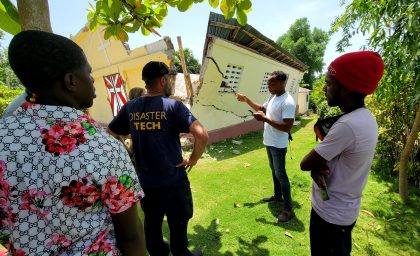
Short Burst Data Aids Haiti Earthquake Relief
A relief organization required reliable means of communication after an earthquake devastated Haiti’s Tiburon Peninsula.

A relief organization required reliable means of communication after an earthquake devastated Haiti’s Tiburon Peninsula.

An Unmanned Aerial Vehicle (UAV) used to perform an essential NASA environmental mission required reliable communications capabilities to succeed in the harsh, remote Arctic.
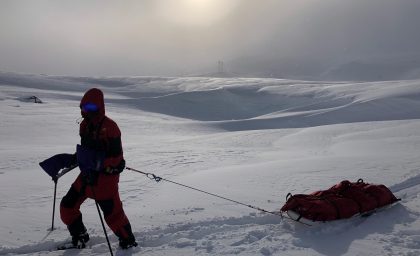
Preet Chandi needed to remain connected with family, friends, and social media followers while attempting a solo South Pole trek.
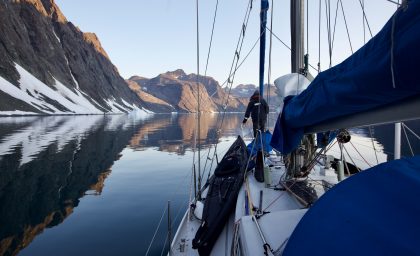
Finding network connectivity in earth’s polar regions can be difficult. With most communication providers unable to deliver full coverage to these remote areas, adventurers such as world-renowned mariner Jeff Allen are looking for ways to stay connected on explorations beyond cellular range.
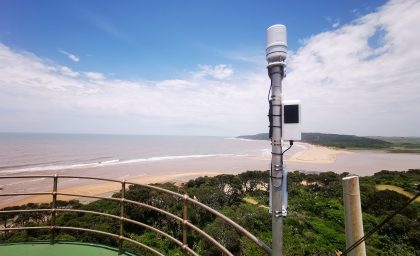
The terrain and tropical weather of South Africa’s eThekwini Municipality (including City of Durban) contribute to frequent, devastating flooding. The local government needs an early flood warning system to prevent loss of life and costly infrastructure damage.
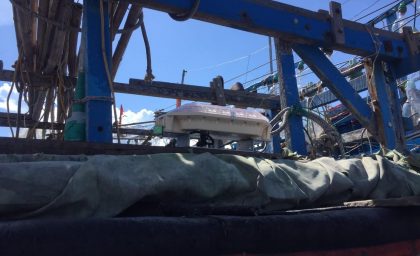
Vietnamese fishing fleets chartering in remote oceanic locations must export real-time fishing catch reports and other vessel information to Fishery Monitoring Centers (FMCs) for marine life conservation efforts. Additionally, extreme off-grid navigation causes disruption in communication between the vessels and first responders, leaving fleets unable to activate SOS distress signals in emergency situations.
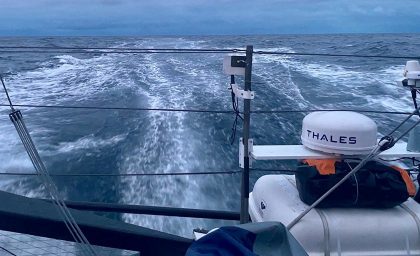
Skippers and competitive sailors navigate through treacherous waters, weaving in and out of terrestrial coverage. The IMOCA series of races push skippers to their limits and demand an always-on means of connectivity for safety and navigation. To remain connected, skippers often require multiple communications terminals which, historically, had to be manually switch between cellular and satellite coverage.

Extreme adventuring around the globe requires easy-to-use, reliable communications anywhere in the world to allow for communications with friends and family, assist in navigation, and ensure personal safety.
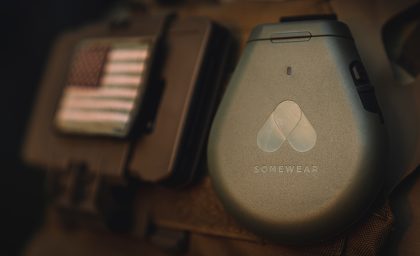
Rescue operations require reliable, easy-to-operate communications ensuring the safety and security of both the injured party and the rescuers, especially in areas outside of cellular coverage.